A Testament to Terroir: one of 5 tastings at the Slow Food Canada National Conference held in Edmonton May 2012
I had a red fife terroir tasting in mind at the onset of planning this conference. I had spoken to Sharon Rempel on the phone a few times a couple of years ago to learn about her involvement in initiating the process to have Red Fife Wheat become a Slow Food Canada Presidia Product. I learned it was an arduous process, but a labour of love and a passion for Sharon who now lives on Vancouver Island. She worked through the process while farming in Alberta and connected me with Bernie Ehnes, an organic grain farmer and seed cleaner, in Southern Alberta. She said he has the Marquis strain which is the closest to the original strain. (There is a list of strains here.) At that time she told me about the tastings they did during the process and said she had a tasting chart that was developed specifically for the red fife wheat tastings. Her chart is at the end of this post.
The history and story of the wheat is long and interesting. Penny has written about that in detail and at length, here (a great read!). Her story is a little different than the one Sharon told to me. Everyone that I read is different, but all do lead back to Alberta and Sharon Rempel (now known as the grandmother of Red Fife Wheat) in some way, as the revival of this first Canadian wheat brought to Canada from a European merchant, and rediscovered “63 years after its initial arrival and discovery by David Fife in 1842”. He farmed the wheat in Central Ontario at that time.
As the first Canadian wheat revived again by Sharon Rempel on the Alberta prairies through her work with Slow Food International, this is truly a food of our Alberta locality. Her initial focus was to encourage people to conserve agricultural biodiversity and the use of that biodiversity as seed is the heart of food security. “The hand that holds the seed controls the food supply.” said Rempel. This is a Canadian wheat that has been native to our land for hundreds of years and now claimed throughout Canada as the original Canadian food product that it has become.
Chad Moss and Jeff Johnson agreed to pick up the bags of red fife flour delegates flew in with on Thursday and deliver loaves of red fife bread for a tasting to us on Friday.
Initial comments about baking technique from Chef Chad Moss:
- each batch of bread was mixed by hand, to a short mix, given 30 minutes of autolyse, using a double hydration technique
- the base amount of water was 65% and only adjusted when called for to achieve an appropriate baking consistency
- 2% coarse grey sea salt and 30% wild yeast starter (100% hydration to 10% red fife and 90% org unbleached white) was used in each loaf
- they fermented overnight at 11-12°C
- loaves were baked to an internal temperature of 208°F
Initial comments from Jeff Johnson:
The biggest thing was that all the flours were different. I don’t think we can say in any way that we evaluated quality or even the tendencies of the flours, but we did witness that they all acted differently under the same circumstances, some for better and some for worse.
We had four red fife flours and one “control” which was not red fife, but was Gold Forest Grains whole wheat flour, for comparison purposes. They arranged a blind tasting for us.
I think the first photo best represents the different visual appeals of each sample. You can certainly see that the colour, loft and hole pattern in each is considerably varied just by looking.
Food always brings people together. That is the fundamental purpose of any gathering around food… and a little drink from the bar can be a lively accompaniment!
Alberta Red Fife from Ehnes Organic Seed Cleaning Ltd. (Bernie Ehnes)
Jeff:
- fermentation went quickly and the protein broke down basically; I know the flour can perform well because I had good success [as I have used this flour in several bakes to prepare the red fife bread for the Slow Food Gala]
- absorbed the most water
- is very coarsely milled
- excellent flavor: sweet, caramel and creamy well balanced and even flavours
Chad:
- coarse milling
- sweet and biscuity aroma; sweet aroma when wet
- taste: sweet and caramelized
- very dense and collapsed crumb
Each delegate was given a bag of this flour in their SWAG.
Saskatchewan Red Fife from Loiselle Organic Family Farm (Marc Loiselle)
Jeff:
- a bit less protein breakdown, but still some
- absorbed a lot of water
- finer milling than the Alberta Red Fife
Chad:
- a little finer milling than the Alberta flour
- similar in aroma dry and wet.
- similar taste to Alberta flour
- moderately more loft than Alberta flour
Each delegate was given a bag of this flour in their SWAG.
***Both AB and SK also suffered some abuse in the bake which didn’t do them any favours for comparison purposes
We studied, sniffed, tasted, and chewed. I was completely amazed by how vastly different in flavour and texture each sample was. Many of us went back again and again for comparison purposes.
Ontario Red Fife from Harvest Hastings (Patricia Hastings)
Jeff:
- slower fermentation
- bake happened at optimal time
- protein was very elastic and quite extensible
- hole structure in the baked product was spectacular
- absorbed the least water while still acting the wettest
- very finely milled
- spicy notes in aroma and flavor: cloves, earthy, grassy; not at all unpleasant but extremely distinctive
- accompanied by a dark particulate; I wondered if there was a higher amount of buckwheat left in the grain for milling.
Chad:
- finer milling than Alberta and Saskatchewan flours
- dark flecks throughout (buckwheat perhaps?)
- earthy and grassy aroma: quite earthy and barnyard when wet
- very open crumb
- spiced depth (clove like) and sweet; overall the most unique flavour with best crumb
New Brunsuick’s Red Fife from Speerville Flour Mill (Stu Fleischhaker and George Berthault)
Jeff:
- also a spectacular performer
- great hole structure
- absorbed less water and acted like it was at a higher hydration, yet quite coarse
- very nice flavour with lots of complexity.
Chad:
- fine milling
- sweet aromas
- sweet flavor
- well risen open crumb; pleasant loaf
Penny spoke to us about her knowledge of the history of the wheat.
Chad
The control loaf rose fairly well, but still had a tighter crumb.
Possible factors that contributed to results:
- Protein levels in AB and SK were lower than ON, NB? – spec sheets not available.
- Starter culture was spiked with Alberta fife and could more readily access the ‘food’ in the prairies flour, leading to over proofing?
- The prairies loaves went into the oven first, without immediate steam due to loading constraints leading to crust set before steam expansion.
I don’t think there was any formal consensus, or structured vote per say that any flour was superior or preferred by the group. I would mention that the NB flour yielded what I would call a very nice loaf in structure, crust development and it certainly behaved very well pre-bake. The Ontario loaf also had an interesting flavor and rose very well. Alberta and SK needed a little more attention, but obviously each can be manipulated to yield a nice bread.
Jeff
The performance followed a geographic trend from West to East. The Eastern flours seemed to act a bit slower so the proteins ended up being more resilient to the fermentation time. My theory was that the micro-organisms were more adapted to digest the Alberta wheat, so moved faster than the Eastern wheats. Just an unsubstantiated theory…
Chad
The Alberta and Saskatchewan flours had the least amount of oven spring, and appeared over proofed compared to the others upon going into the oven. The Ontario and NB held their shape, did not appear over proofed and had resounding oven spring.
*** 8 loads of bread had to be loaded into the same oven using wooden boards. There was at least a 4 minute interval between the first loaves (AB) and the last (NB) with no steam. So AB and SK sat for 3 or 4 minutes in an oven with the door open and no steam which affected oven spring and overall bake.
This was an incredible learning experience for me. Interestingly, I personally noted, as the organizer of the conference, knowing where each person had come from, that each person preferred the one that was from our own terrior the best! It was crystal clear that the the geographic characteristics of each location affected this particular product. The soil, weather and climate coupled with farming techniques all contributed to the unique qualities of each of these flours. Of course, each red fife flour may have also been from a different strain, had a different protein content, etc. There are always unknown factors. However, what I did learn was from what was there to know. The Alberta flour was my favourite by far in flavour. The Ontario people preferred their flour and Penny preferred hers. None of us knew which was which when we picked our preferences.
They were numbered from West to East with the control loaf as #5.
Thank you Chad and Jeff, Voula and Michael and Penny and Bernie and Marc for making this happen! There is another great post on comparing red fife flour to a control flour here.
Thank you to Pilar Ramirez who was our official SFC conference photographer for some of the photos in this post; the last photo is from Agriculture Canada.
httpv://www.youtube.com/watch?v=66BGGIDOB2Y&feature=related
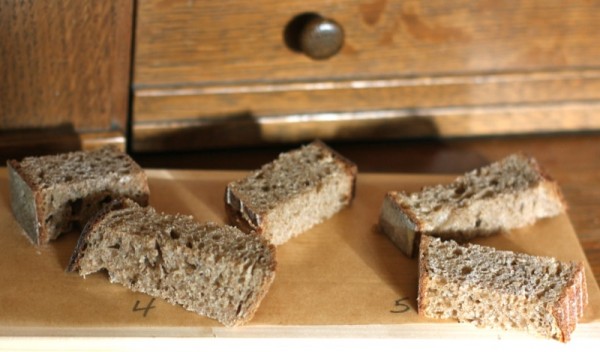
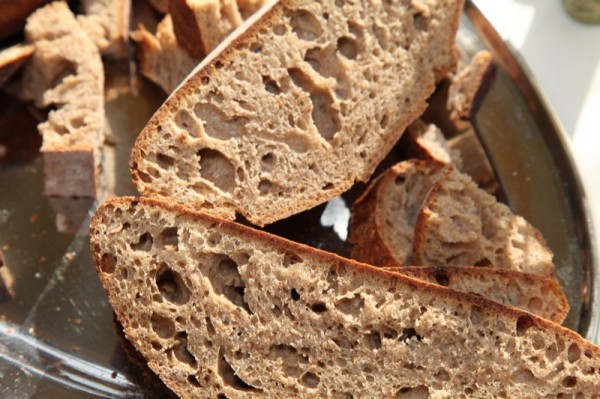
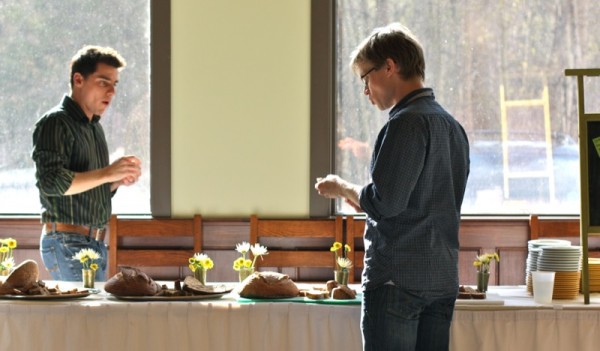
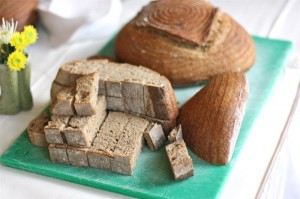
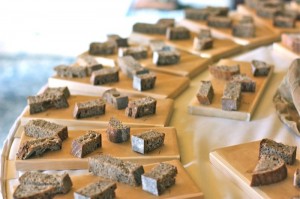


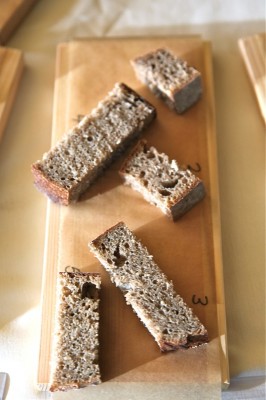
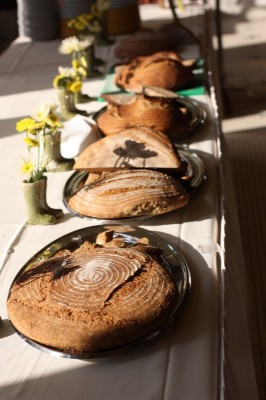
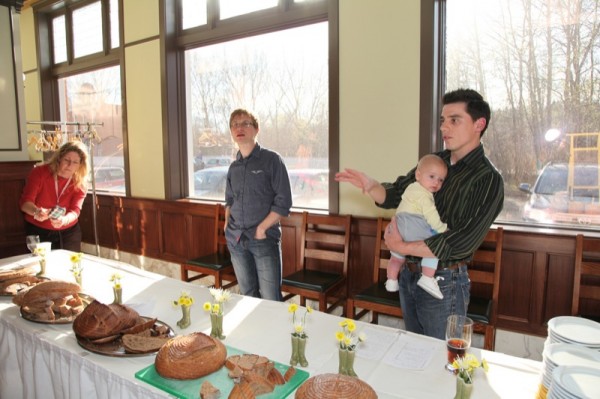





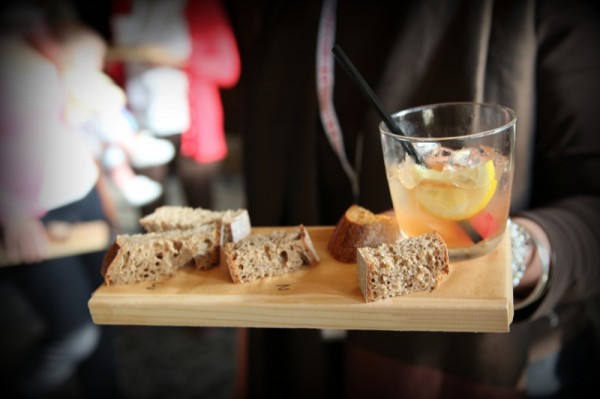
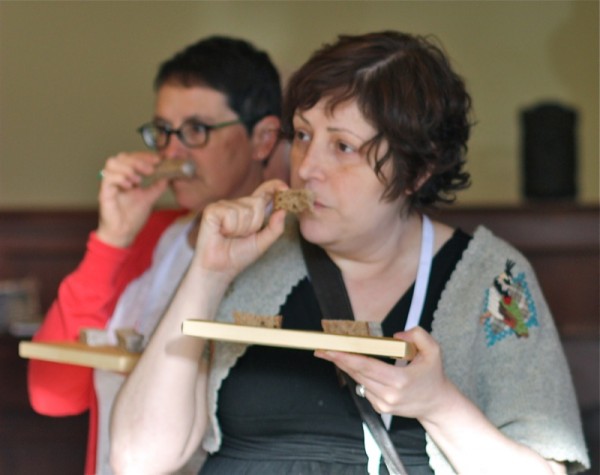
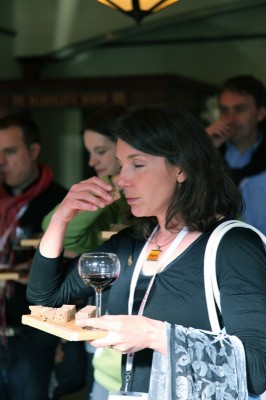
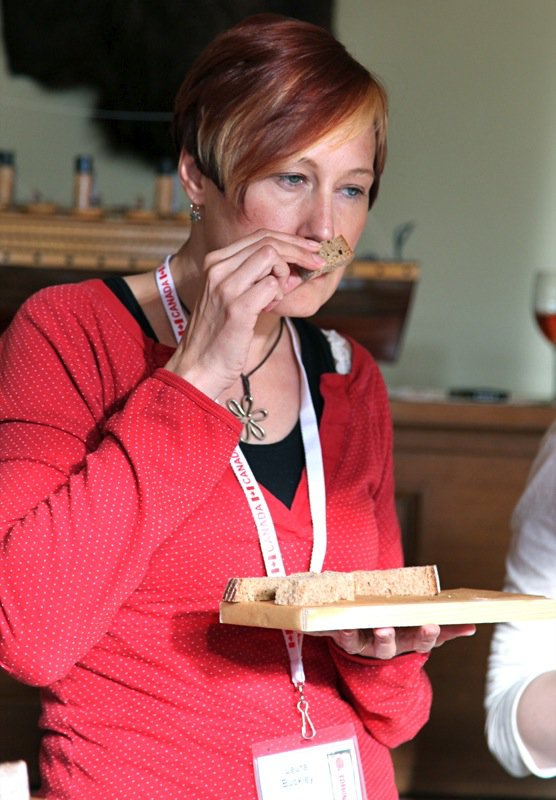
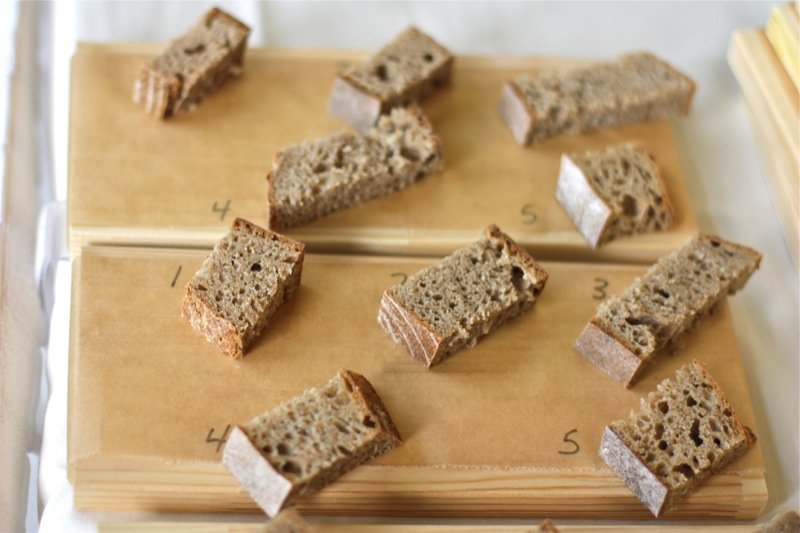
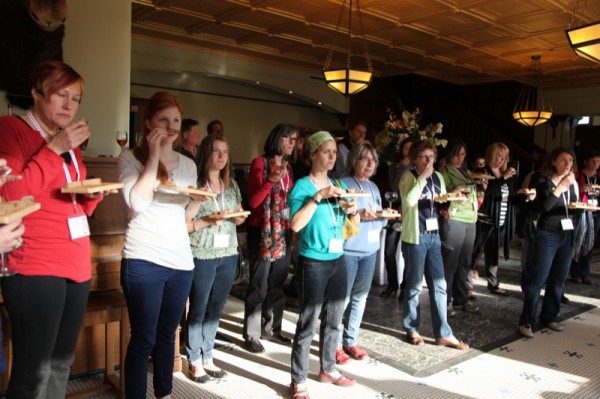
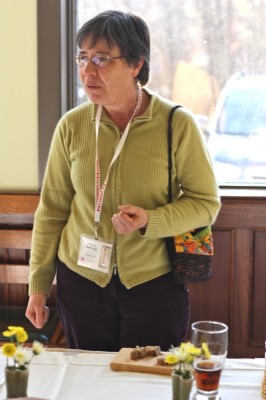
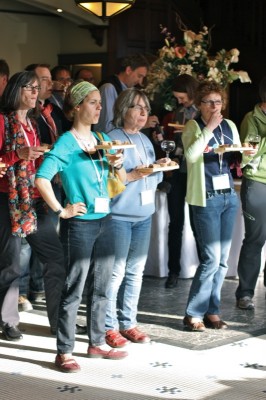
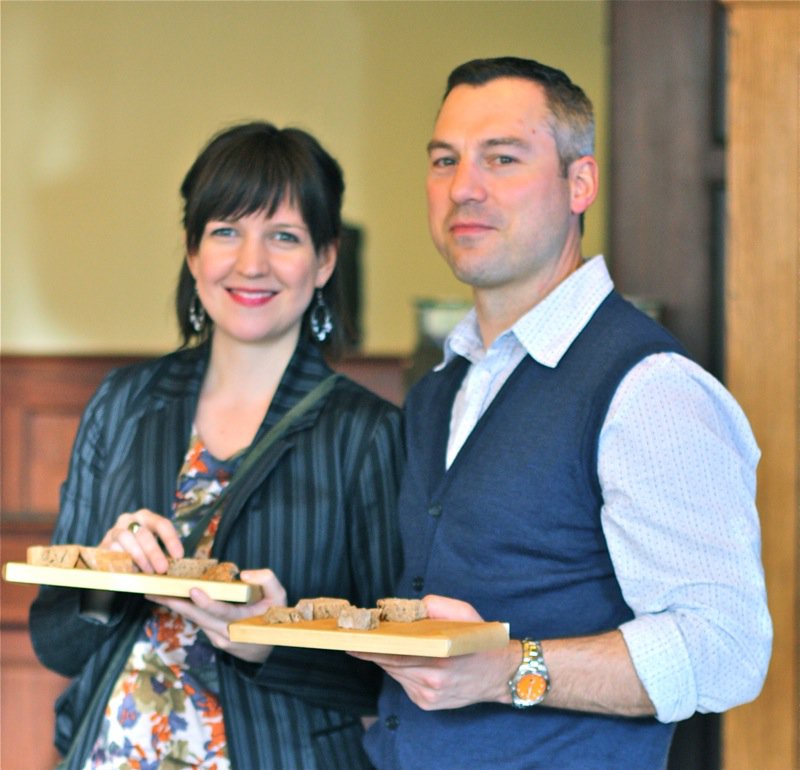
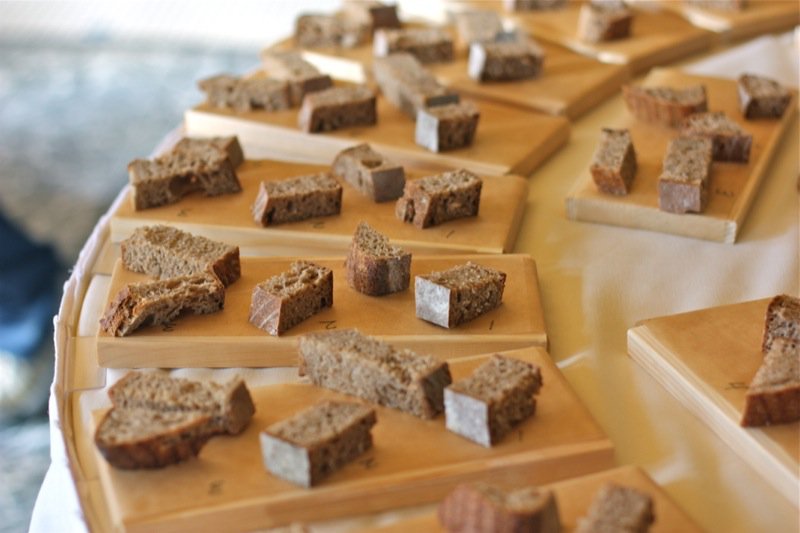
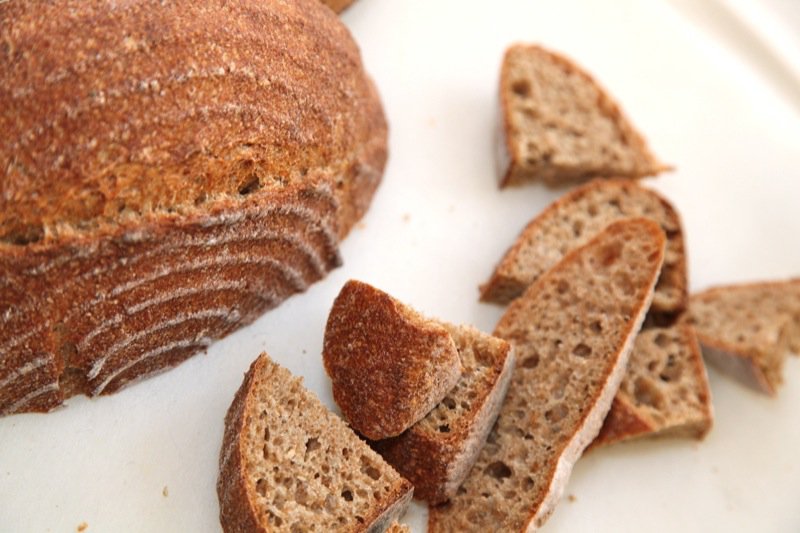
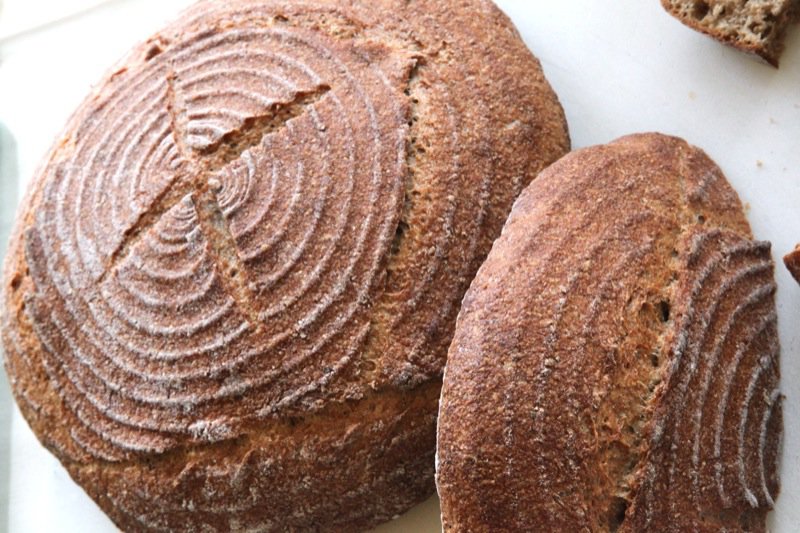

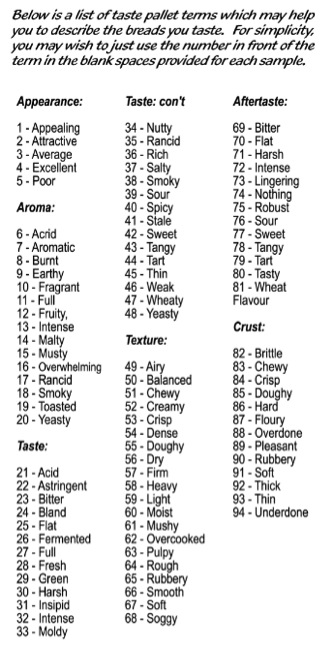
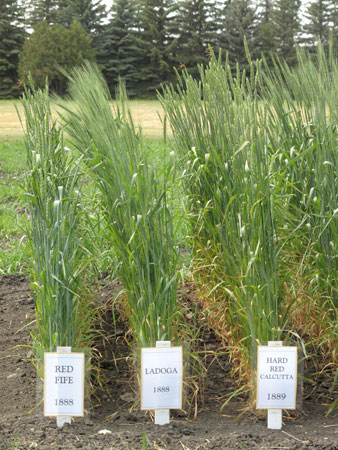



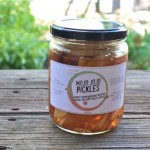
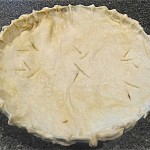
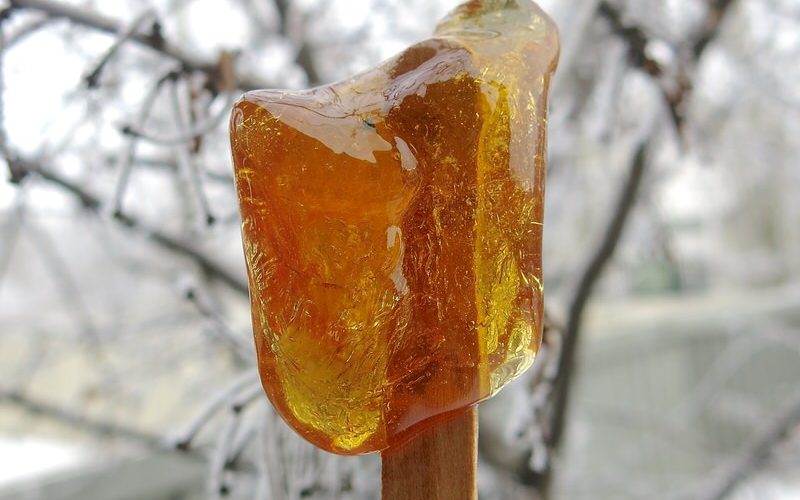





I love bread stories!
This post makes me want to source out local wheat and head into the kitchen Valerie.
where can i buy ‘fife’ wheat in carlsbad, calif…tks